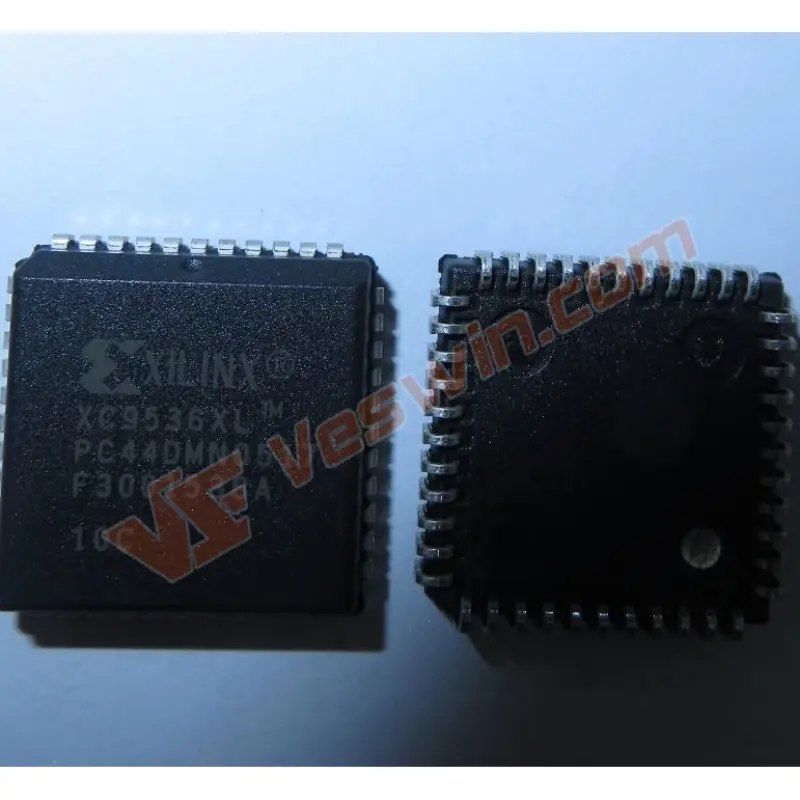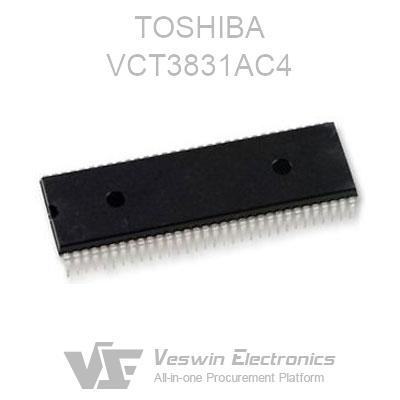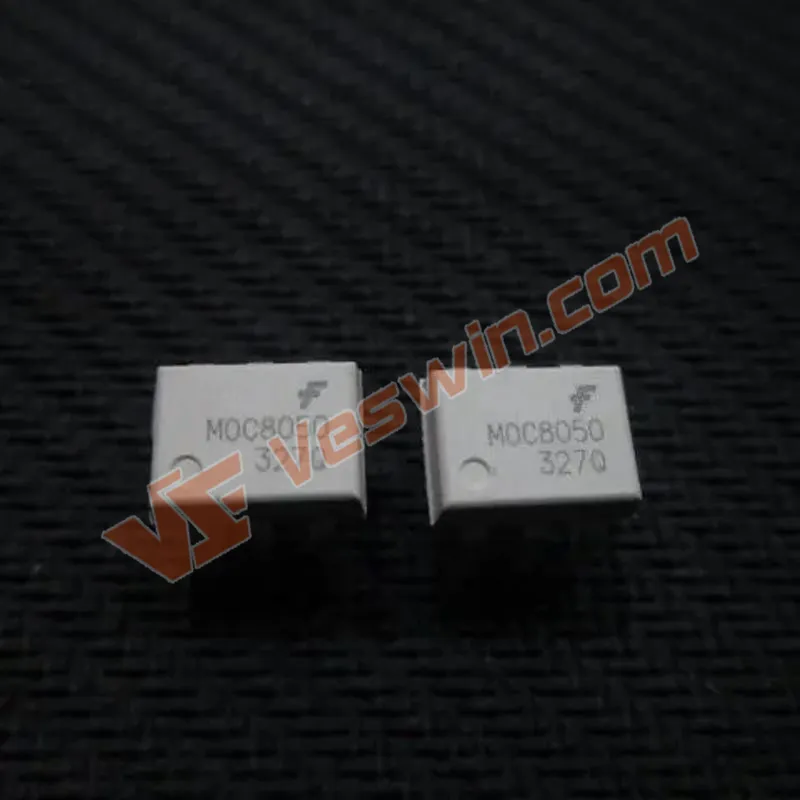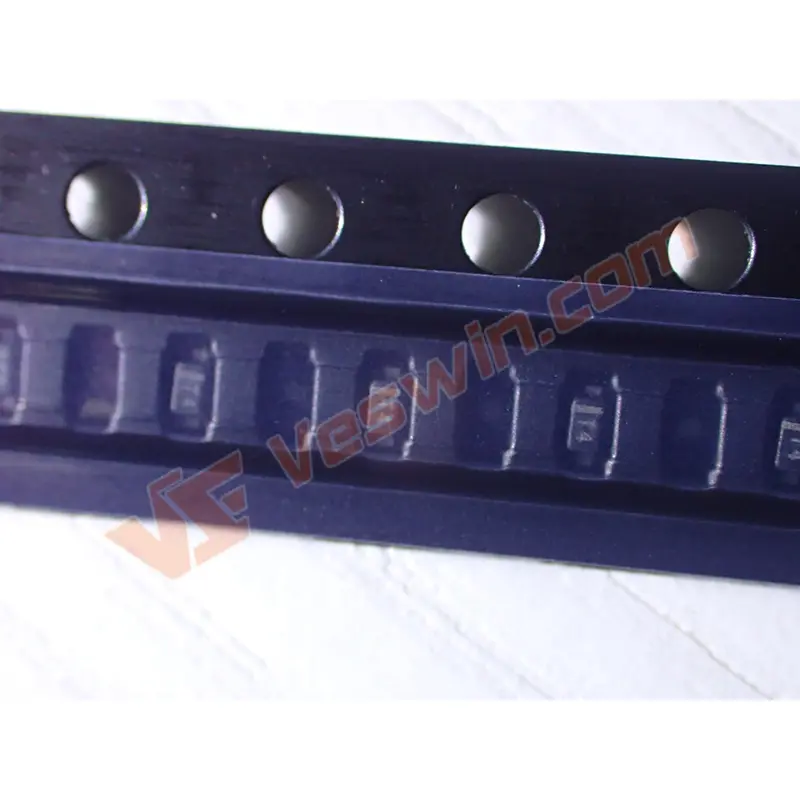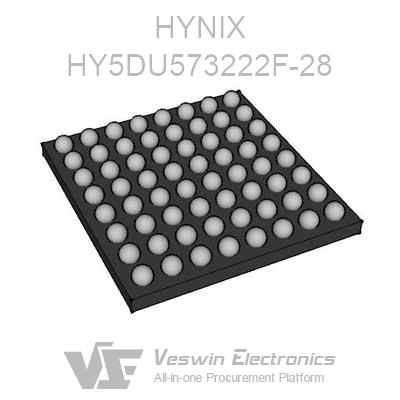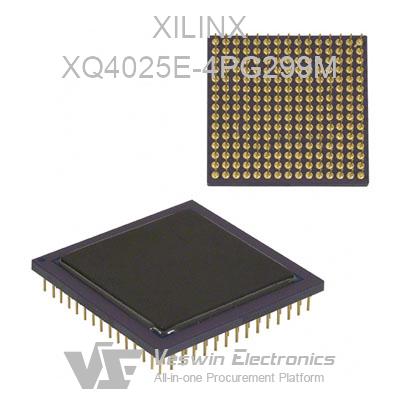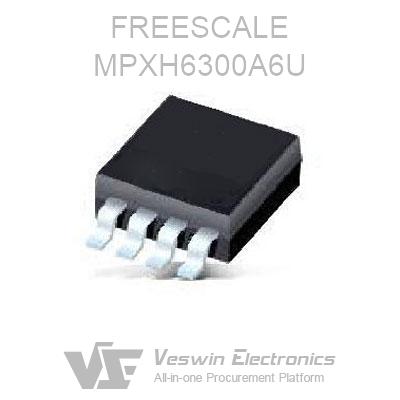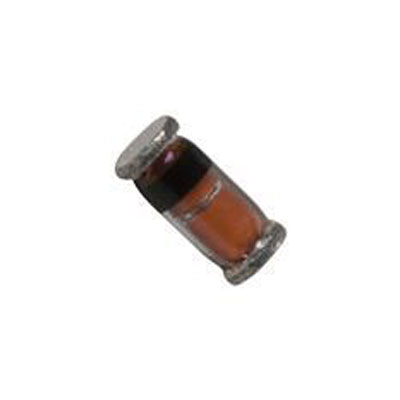The MPSA92 is a PNP (Positive-Negative-Positive) bipolar junction transistor (BJT) designed for general-purpose amplification and switching applications. It's housed typically in a TO-92 package, a commonly used small-sized transistor package. As a PNP transistor, it's characterized by the flow of current from the emitter to the base controlling the larger current flowing from the collector to the emitter.
Pin Configuration
Pin Number | Pin Name | Description |
1 | Emitter | Current exits through the emitter, typically connected to ground. |
2 | Base | Controls the transistor biasing, utilized for turning the transistor ON or OFF. |
3 | Collector | Current enters through the collector, usually connected to the load. |
This particular transistor is a PNP type with a high voltage capability. It comes in a TO-92 package and has the following specifications:
Collector to emitter voltage (VCE) maximum: 300V
Collector to base voltage (VCB) maximum: 300V
Emitter to base voltage (VBE) maximum: 5V
Collector current (IC): 500mA
Typical DC current gain (hFE) at IC = 10mA: 40
Transition frequency (fT): 50MHz
Maximum power dissipation (Pc): 625mW
Maximum and minimum DC current gain (hFE) ranges from 25 to 40
Maximum collector current (IC) ranges from 200mA to 500mA
Maximum operating temperature range: -55°C to +150°C
Here are main differences between MPSA92 and MPSA42,
Parameter | MPSA92 (PNP) | MPSA42 (NPN Equivalent) |
Polarity | PNP | NPN |
Collector-Base Voltage | -300V | 300V |
Collector-Emitter Voltage | -300V | 300V |
Emitter-Base Voltage | -5V | 5V |
Collector Current (IC) | 500mA | 500mA |
DC Current Gain (hFE) | 25 to 40 | 25 to 40 |
Package | TO-92 | TO-92 |
The MPSA92 transistor is very safe for long-term use in circuits in accordance with the above specification requirements. It is recommended that the minimum rating of this transistor be used at less than 20% of its maximum rating. The maximum voltage from collector to emitter terminal is 300V, so the load should not be driven above 240V.
In addition,it must be stored and operated over a temperature range of -55 degrees Celsius to less than +150 degrees Celsius.
A negatively keyed inverter circuit using MPSA92 transistors is shown below. In continuous wave radar systems, the design of all circuits can be accomplished with positive keying so that any electronic key can use them. However, many transmitters/transceivers in older radios operate using negative keying or grid block keying.
Therefore, the following negative keying inverter circuit utilizes a high voltage based PNP MPSA92 transistor to switch (key) a negative keying based vintage transmitter while providing a positive voltage at the input of the key. The components required to build this negative keying circuit are:MPSA92 transistor, current limiting resistor (200 ohms), bias resistor (390 ohms), protection diode (1N4002), positive voltage power supply and XMTR emitter.
When Key is on, the collector of the base junction of the it is reverse biased so no current flows through this transistor. When this PNP transistor MPSA92, no current flows through the 390 or 200 ohm resistors. As a result, the voltage across them drops to zero.
Similarly, as soon as the Key button is pressed, the current will flow through the whole 390 ohm resistor from the +Ve supply to GND, so there is a voltage drop across it. Therefore, some of these voltage drops are received through the 200 ohm resistor to its pole to the emitter junction, so now voltage will be present on the dry base to emitter junction.
Here is a video sharing about how to select a transistor
The main applications of the transistor include the following elements,
For high voltage based applications such as circuits operating below 300V.
Once this transistor is used as a switch, it drives loads in the range from 200mA to 500mA
Used as an amplifier or audio amplifier
For RF-based applications below 50MHz.
Used in UPS (Uninterruptible Power Supply) circuits.
High voltage based power supply circuits
Inverter-based circuits
Transformerless power supplies
Battery chargers
DC High Voltage Based Switches
Computer circuits and telecommunication systems
Advantages:
High Voltage Capability: It can handle relatively high collector-base and collector-emitter voltages, making it suitable for applications requiring higher voltage tolerances.
PNP Configuration: As a PNP transistor, it's useful in certain circuit designs where PNP transistors are preferred or required for specific functions.
General Purpose: It's designed for general-purpose applications, offering versatility in various low-power amplification and switching circuits.
Reasonable Collector Current: With a collector current of 500mA, it's capable of handling moderate current requirements in circuits.
Availability: Being a standard component, it's widely available and commonly used, making it accessible for various projects.
Disadvantages:
Limited DC Gain Range: The gain range (hFE) might be limited compared to some other transistors, which could restrict its use in specific precision or high-gain applications.
Limited Current Handling: While it can handle moderate currents, there are transistors available that can handle higher currents if the application demands it.
Temperature Sensitivity: Like most transistors, the performance of the MPSA92 can be sensitive to temperature changes, which might affect its functionality in extreme temperature conditions.
Frequency Limitation: Its transition frequency restricts its use in high-frequency applications. While suitable for many circuits, it might not be ideal for high-speed or high-frequency applications.
Voltage Sensitivity: Despite its high voltage capabilities, improper voltage application or exceeding the specified limits can damage the transistor.
MPSA92 transistor is manufactured by ON Semiconductor, a company known for producing a wide range of semiconductor components including transistors, diodes, integrated circuits, and more. ON Semiconductor is a reputable manufacturer in the electronics industry, providing components for various applications across different sectors such as automotive, industrial, communication, and consumer electronics.
Download MPSA92 datasheet PDF Here>>
Q: Is the MPSA92 suitable for high-frequency applications?
A: No, it is not specifically designed for high-frequency applications due to its moderate speed and power capabilities. For high-frequency applications, specialized transistors might be more suitable.
Q: How can I use an MPSA92 transistor in a circuit?
A: It can be used in various configurations, such as common emitter amplifiers, voltage followers, or as a switch in both small-signal and medium-power applications.
Q: What are the alternative or equivalent transistors to the MPSA92?
A: Some alternative transistors with similar characteristics include MPSA42, MPSA93, MPSA56, and MPSA94, among others. Always refer to the datasheet or specifications to ensure compatibility.
Q: Can the MPSA92 handle higher voltage applications?
A: Yes, it is rated for relatively high collector-base and collector-emitter voltage, making it suitable for applications requiring voltage handling capabilities.
Hot News
